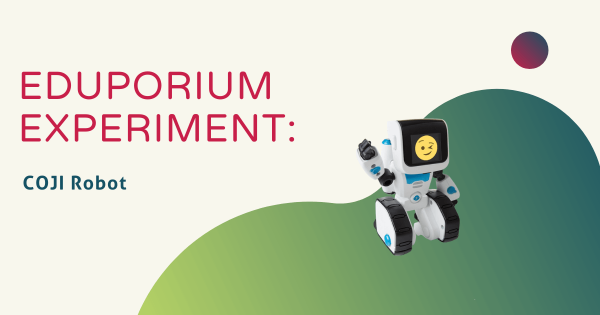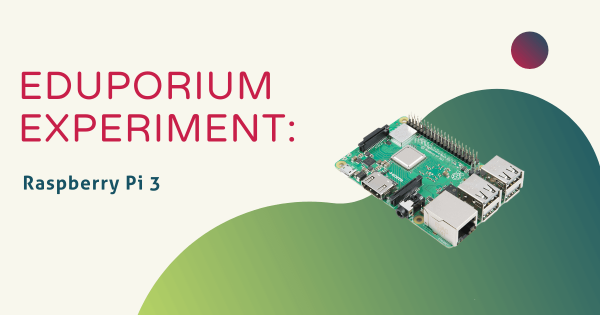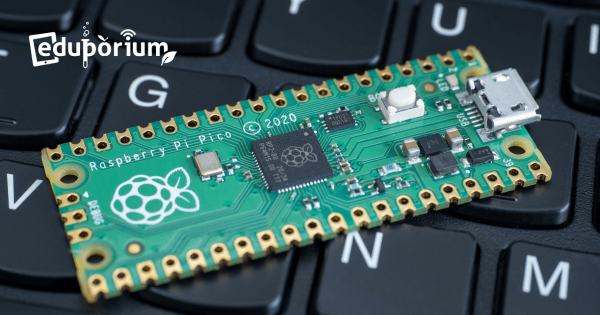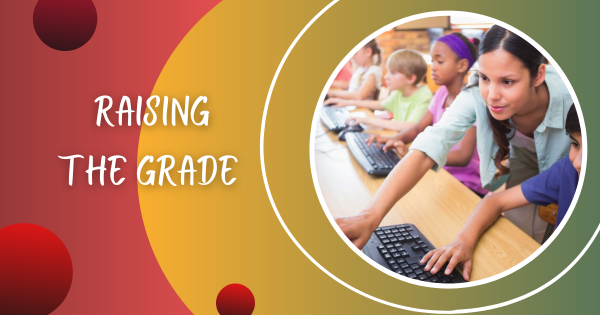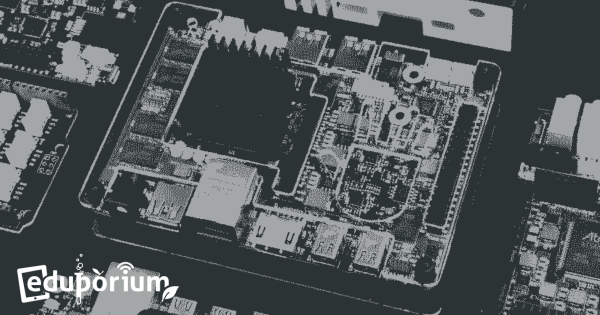As more and more emphasis is being placed on preparing workers primed to succeed in the 21st century workforce, it seems logical that more emphasis should be placed on helping students acquire programming skills. In over half of US states, however, computer science-related disciplines don’t count towards graduation requirements.
CS for All
The CS for All movement has sparked a transformation for education, revolutionizing how children learn, think, and engage with technology. It calls for comprehensive computer science education at all levels, from kindergarten to high school, and has helped to democratize opportunities for learning vital digital skills, empowering children with all backgrounds to thrive in the digital age. One profound impact of the CS for All movement is its role in fostering computational thinking skills in kids. By integrating CS concepts into the curriculum, students are not just learning to code. They'll also develop problem-solving abilities, logical reasoning skills, and creativity, which are each applicable across disciplines. These skills lay the groundwork for future success in various fields, from STEM careers to arts and humanities. Plus, this movement plays a key role in addressing equity and diversity in STEM education.
-
Eduporium Experiment | COJI Robot
COJI is a small robot designed to teach the ideas of coding to children as young as four years old by using Emoji-based commands. The idea behind this language is that faces and images are easy to understand for young children. The display screen that makes up COJI’s face depicts one emoji and the emoji-based coding language is pretty fun. -
Eduporium Experiment | The Raspberry Pi 3
The Raspberry Pi is a tool that I’ve become very aware of since I started working here at Eduporium: there’s one in the entryway of our office running a slideshow with company announcements and events. It’s one of the first products we show off to visitors, interviewees, and people joining our team and it is one of our most adaptable -
Eduporium Weekly | Baking (Raspberry) Pi in the Classroom
The Raspberry Pi is a $35 computer about the size of a credit card. Its capabilities are astounding and it keeps getting more and more powerful as new models are released. What’s most impressive is the way it transforms complex projects into amazingly simple machines and helps shape future ready students through hands-on adventures. -
Raising The Grade: The Necessity of Computer Class
For years, computer and Internet has become a necessity. We use them to work, perform daily functions, entertain ourselves, and learn. It’s evermore important that young people are exposed to this technology as early as possible. After all, if they are to rely on computers and Internet later in life, let’s make it readily available for use. -
The Next Itsy-Bitsy But Powerful Computer: The Udoo
Basically, this is a Quad core Micro Computer with built-in Wi-Fi along with its own Arduino Due on one board, which enables students to program the Udoo from itself or even remotely. One of my favorite things with this board is the SATA connector, as well as the included Bluetooth adapter. So far, all I’ve done is test a few
Page
- Page Previous
- Page 1
- Page 2
- Page 3
- You're currently reading page 4





